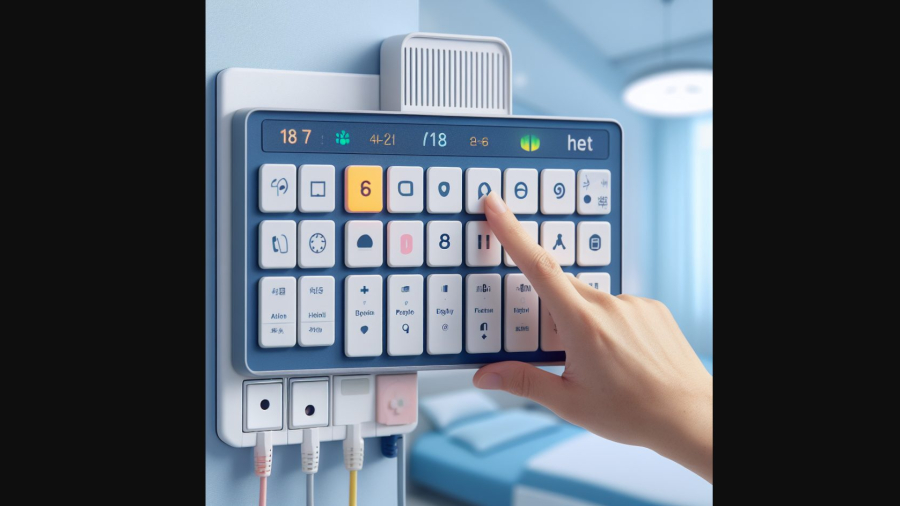In the present scenario, the demand for convenience and efficiency is ever-growing, especially when it comes to our mobile devices. A wireless charger has emerged as a game-changer in the world of technology, offering numerous benefits to users. This article explores the advantages of these chargers and why you should consider making the switch.
Table of Contents
Eliminates Cable Clutter:
One of the most significant advantages of these chargers is the elimination of cable clutter. Say goodbye to the tangled mess of charging cables on your desk or nightstand. You only need a single charging pad or stand with wireless charging, reducing the clutter and creating a neater
and more organised charging space.
Hassle-Free Charging:
These chargers provide a hassle-free charging experience. Simply place your compatible device on the charger, and it will begin charging without fiddling with cords or connectors. This convenience is especially appreciated at night when you’re half-asleep and don’t want to struggle to find the charging port.
Improved Durability:
Traditional charging cables are prone to wear and tear, leading to frayed wires and damaged connectors over time. On the other hand, these chargers have fewer components that can break or degrade, making them more durable in the long run. This means you’ll save money on replacing charging cables and accessories.
Enhanced Safety:
Wireless charging technology is designed with safety in mind. It incorporates overvoltage protection, temperature control, and foreign object detection to ensure your device and charger remain safe during charging. You can charge your device with peace of mind, knowing that it won’t overheat or suffer damage.
Versatility:
These chargers are versatile and compatible with various devices, including smartphones, smartwatches, wireless earbuds, and even laptops. This versatility makes it a practical choice for households with various gadgets, reducing the need for multiple chargers and adapters.
Faster Charging Speeds:
Modern chargers are designed to deliver fast charging speeds, rivalling the charging speed of traditional wired chargers. Some chargers even support rapid charging technologies, ensuring your device gets juiced up quickly, saving you valuable time.
Convenience on the Go:
Wireless charging isn’t limited to your home or office. Many public spaces, cafes, and airports now offer wireless charging stations. This means you can conveniently charge your device while you’re out and about, without needing to carry bulky cables.
Future-Proofing:
Investing in wireless charging technology is a step towards future-proofing your devices. As more manufacturers embrace wireless charging capabilities, you can be confident that your charger will remain relevant for years. It’s a forward-looking choice that ensures compatibility with upcoming device models.
Aesthetic Appeal:
These chargers come in various designs and styles to match your taste and complement your interior decor. Whether you prefer a sleek and minimalistic charger or one that adds a pop of colour, you’ll find these chargers that serve a functional purpose and enhance your space’s aesthetic appeal.
Summing it Up:
In conclusion, a wireless charger offers many benefits that make it a smart choice for charging your mobile devices. From decluttering your workspace to providing hassle-free and safe charging, these chargers have revolutionised how you power your gadgets. Their versatility, durability, and compatibility with various devices make them a must-have accessory in today’s tech-savvy world. So, if you haven’t already switched to wireless charging, now might be the perfect time to do so and experience its convenience. Say goodbye to the tangles of charging cables and embrace the wireless future!











